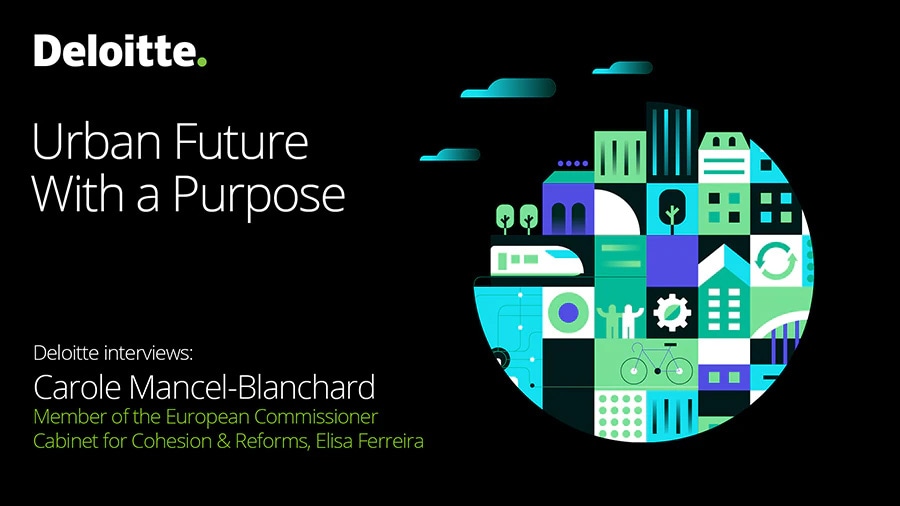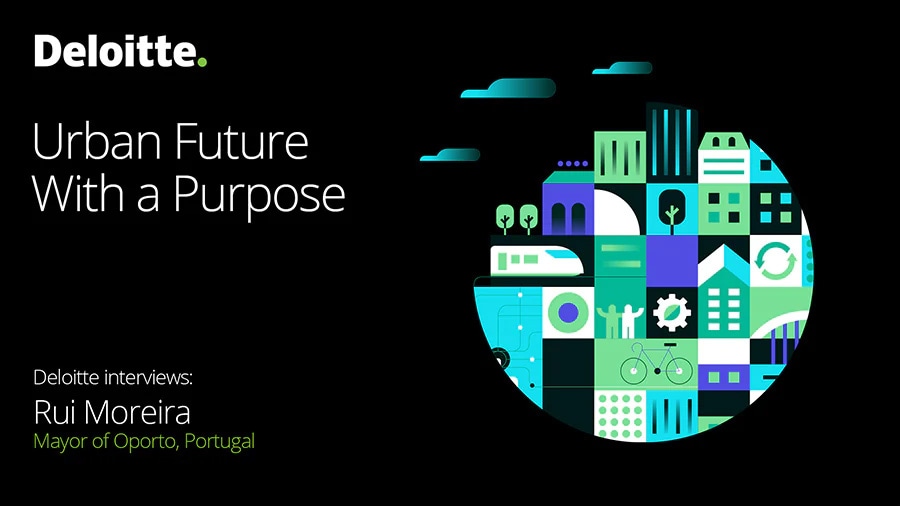Circular Economy and Producing Locally
Cities are adopting circular models based on a healthy circulation of resources, and principles of sharing, re-use and restoration, with an emphasis on limiting municipal waste volumes and on producing locally – for instance, urban farming.
Do you know that on average a car is parked more than 90 per cent of the time? Or that the average office is used only 35-50 per cent of the time?1 That 30 per cent of food is wasted? That half of all waste is produced in cities? Given the waste in cities, in assets, resources, utilities, space and time, the way forward is to develop a circular economy.
We know that industrialised growth leads to urbanisation and greater extraction and consumption of natural resources, which puts tremendous pressure on the natural environment. As a solution, cities must lead the change and embrace more viable methods of production and consumption to reduce waste.2 Increasingly, cities are developing aspects of a circular economy, which entails decoupling economic activity from the consumption of finite resources and designing waste out of the system.
What does it mean to live in a city with a circular economy? It’s a city that promotes better use of resources through procurement policies: that consumes less, and also reuses and recycles water, energy, products and materials; that recycles and manages waste according to regulations; that stimulates an economy of repair, borrowing and second-hand commerce; that nurtures a sharing mindset (car trips, spaces and materials); that fosters a better use of resources in construction (10-15 per cent of building materials are wasted during construction); that stimulates an innovative approach to how the city and its citizens consume, store and use resources.
A circular economic model is one of the pillars of the European Union’s European Green Deal strategy3 and there are already some examples of its application, as well as policies and mechanisms to fund the transition. For example, in Berlin a 30,000 square metre section of the Potsdamer Platz hosts a network of connected green roofing, urban space and a constructed treatment pond for storm water. The pond is treated naturally, so only a limited amount of energy is needed to clean the water, which is used for irrigation and flushing toilets.4
Cities may also increasingly encourage a ‘produce local’ approach to food and energy. Urban and small-scale farming is gaining traction in some urban centres as a way to deliver fresh and healthy food, establish direct contact with food producers and reduce carbon emissions, while strengthening the local economy. Innovative approaches make better use of space and light, such as vertical farming, hydroponics, LED indoor farming and rooftop farming. The energy revolution is also contributing to the circular economy through decentralisation of energy production, mainly through renewable sources (such as biogas, wind, solar, wood biomass and waste), off-grid and micro-generators, paving the way for self-sufficiency whereby cities generate as much energy as they consume, creating communities of energy, and offering further economic opportunities.
“It requires vision and engagement from local administrators and the private sector. A circular economy can change the face of our cities and, at the same time, be the engine of our recovery.”
-Ursula von der Leyen, President of the European Commission
“We are going to see tremendous innovation not just in how communities conceptualize a local circular economy, but how they invent new locally-defined markets to generate local co-benefits and synergies and directly impact participating stakeholders. In a sense, digitization will newly empower local decision-making.”
-Uwe Brandes, Faculty Director, Georgetown University Global Cities Initiative
Podcasts

Podcast with Carole Mancel-Blanchard - Member of the European Commissioner Cabinet for Cohesion & Reforms, Elisa Ferreira

Podcast with Rui Moreira, Mayor of Porto, Portugal
End Notes
- Ellen Macarthur Foundation: Circular Economy. (2018)
- European Investment Bank: The 15 circular steps for cities. (2018)
- European Commission: First Circular Economy Action Plan. (2020)
- Fast Company: You’ve heard of the circular economy. Now meet the circular city (2019)
- World Economic Forum: 4 reasons why the world needs more urban farming post-pandemic. (2020)
- World Economic Forum: From a landfill site to an urban farm: The transition that kept a Thai city fed during COVID-19. (2021)
- Ellen Macarthur Foundation: Circular economy would increase European competitiveness and deliver better societal outcomes, new study reveals. (2015)
- Ellen MacArthur Foundation: Financing the circular economy. (2020)
- World Economic Forum: Circular Economy in Cities. (2018)
- Ibid.
- Urban Sustainability Exchange: “The Sharing City, Seoul” Project.
- Seoul Share Hub: What is “Sharing City Seoul”?; Solve Urban Problems Through Sharing.
- Ellen MacArthur Foundation: Businesses kick-starting circular cities and regions in Scotland: Glasgow. (2019)
- Innovation for Sustainable Development Network: Western Cape Industrial Symbiosis Programme. (2019)
- European Commission: Lappeenranta; EGLA Winning Cities.
- Good news from Finland: Green Leaf a good indicator of Lappeenranta’s future climate. (2020)
- Borgmesterpagten for Klima og Energi Europa: European Green Capital & Green Leaf - 3 Covenant cities awarded. (2020)
- Kuntalehti: Lappeenranta won the European Green Leaf Award 2021. (2020)
- European Commission: Keynote speech by President von der Leyen at the “Urban Future with a Purpose” Webinar. (2021)
- You may access the links to these sources, where available, on page 148 of the Urban Future with a Purpose study.


